Speaking Without a Voice
How women used visual propaganda to spread their views before they could Tweet them.
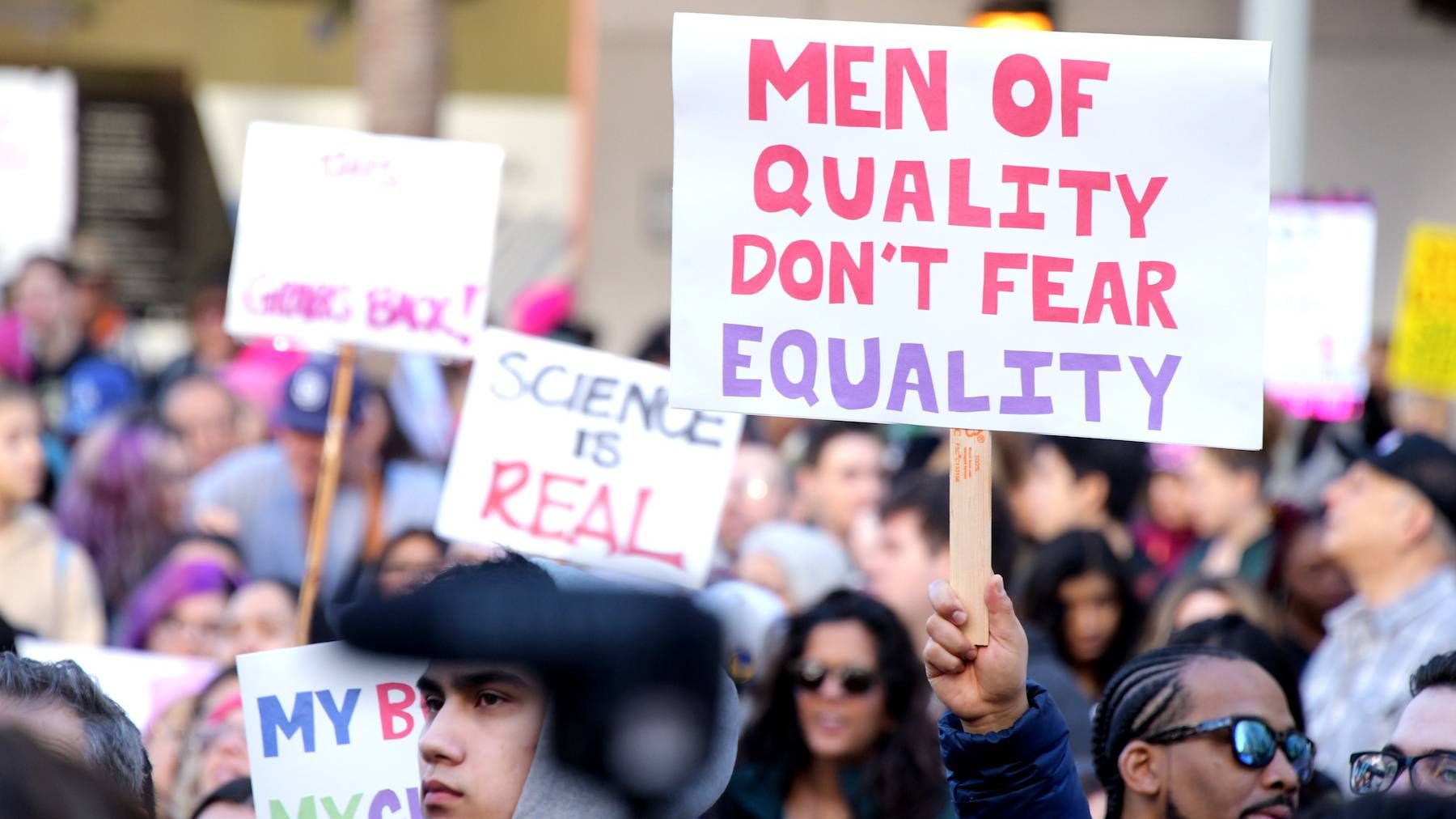
What do you do when you want to share your opinion? You go online and share your thoughts within minutes. Women during the suffrage movement did not have this simple option, so to get their voices heard, they had to use physical forms of media such as handmade signs and banners. Although forms of banners are still in use today, we now have simpler ways to reach a much larger audience.

Women made these banners with their own hands and suffered because of them. As shown in the photo below, women were even arrested for their banners.
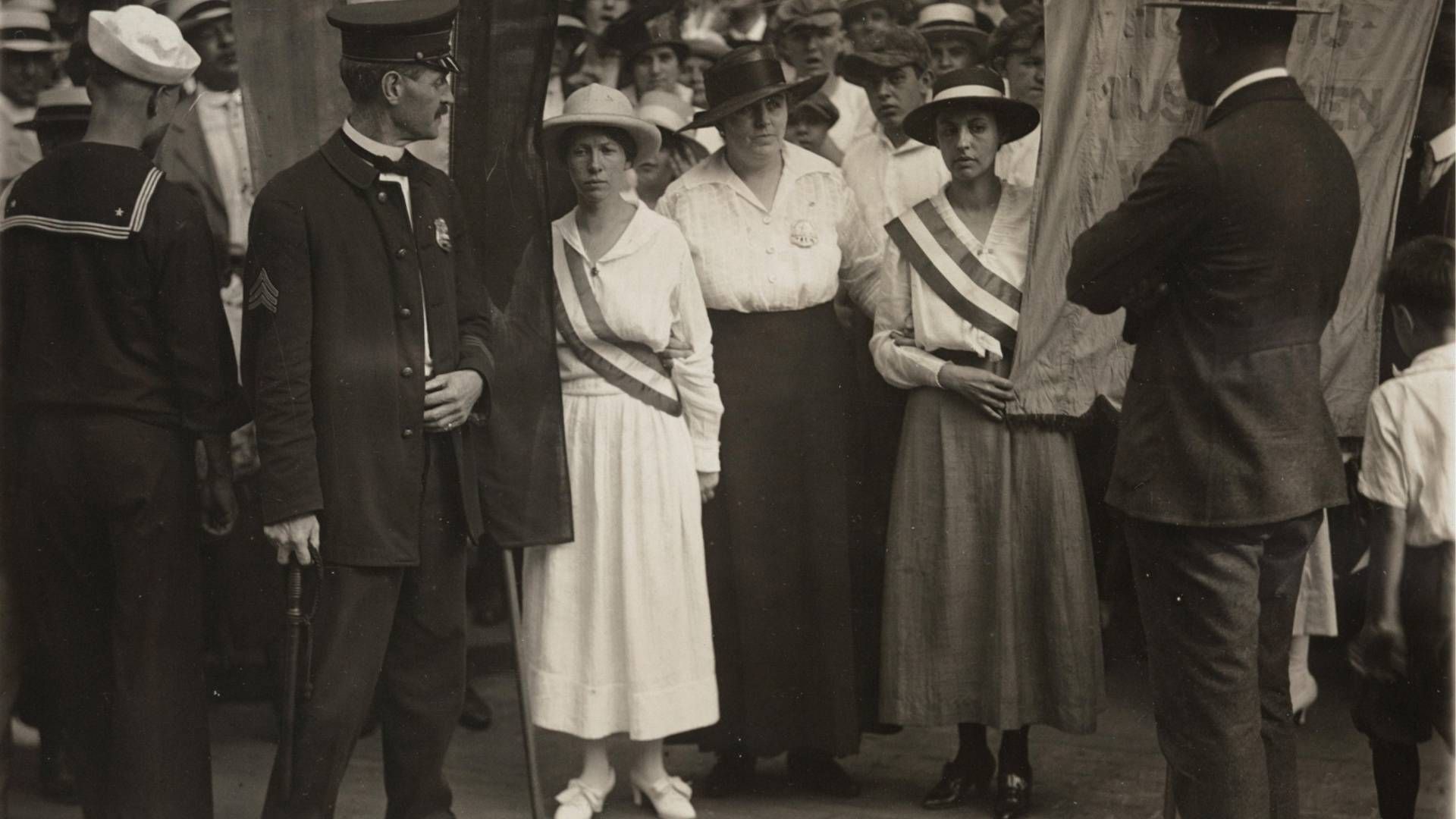
During this early period of the suffrage movement, women could not use their voices. Along with verbally communicating their demands, women employed color strategically. The typical suffrage banner that has gold, purple and white tells a story. White represents the purity of women to establish that gaining the right to vote would not soil women’s moral character. Purple historically represents royalty and status. Suffragists wanted to include purple as a way to say that they were worthy of equal suffrage. Finally, gold represents life and light. Suffragists wanted the implications of a light leading the way to their goals.
Suffragists not only advocated with banners, but they also used them in parades. Parades were employed to promote suffragist ideas and spread awareness of the suffrage movement. Parades would not have been successful had suffragists not used banners. The banners helped voice what suffragists were asking for. These banners carried in parades articulated their demands and were an effective way to help women speak when their voices were being ignored. Typical parades are for entertainment, but these banners helped parades communicate that women are capable of taking on more roles than what was expected of them at the time.
Parades continued to be a popular way to advocate for a movement because, again, in the 1970s, women took to the streets to fight for equality. The banners featured at this strike in 1970 are handmade, just like suffrage banners.
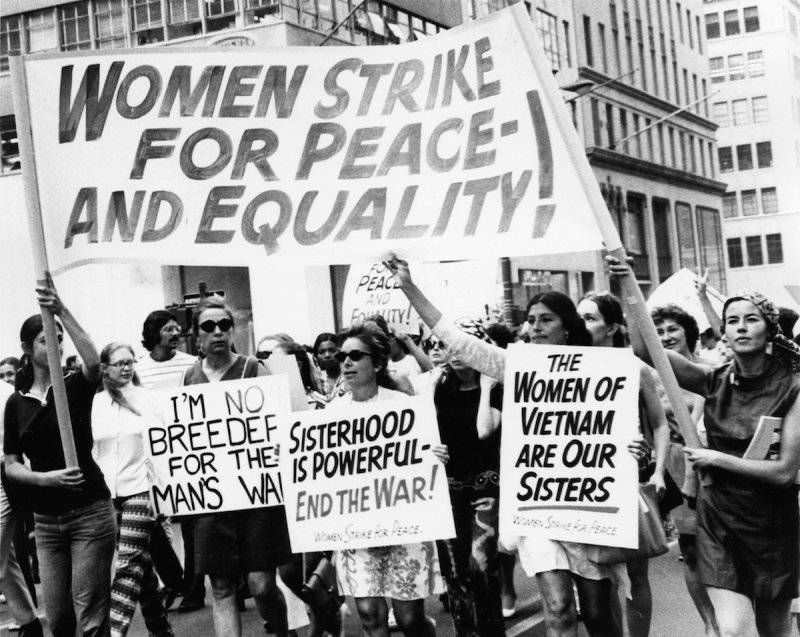
The Women’s March, as it is known today, is an annual parade to continue fighting for equality, but also to commemorate the original suffragists who began the fight for women. The Women’s March both advocates for women and gathers women to promote solidarity. The Women’s March continues to use homemade signs and banners similar to what the suffragists used in early parades.
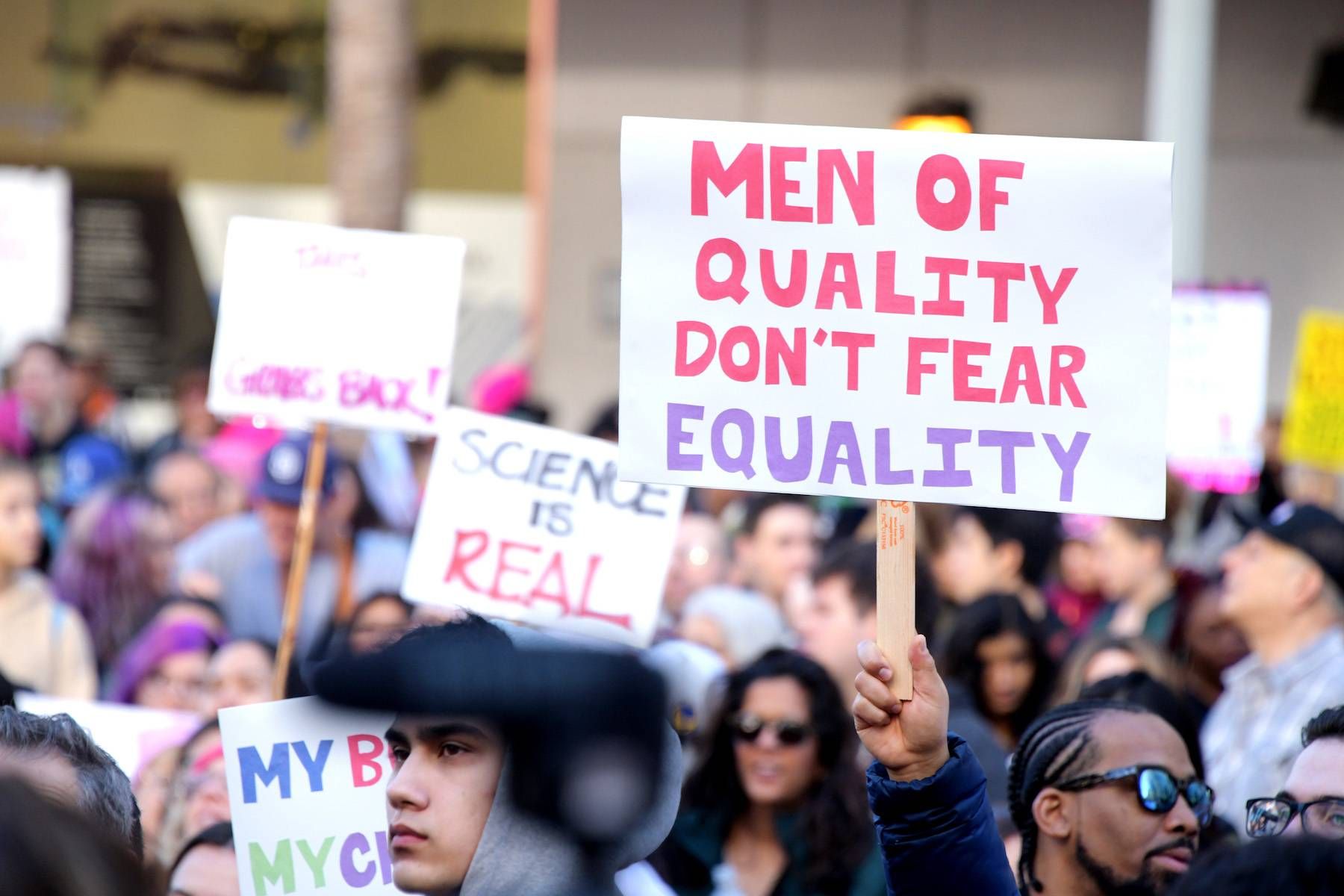
Today, social media is the new hub that does not replace parades and banners, but gives women a different platform to share their voices. Social media not only allows women to voice their opinions, but also gives them the opportunity to promote positivity for other women. Social media is the evolution of early suffrage banners. Just as suffragists protested daily using banners, now women post images that accomplish similar goals.
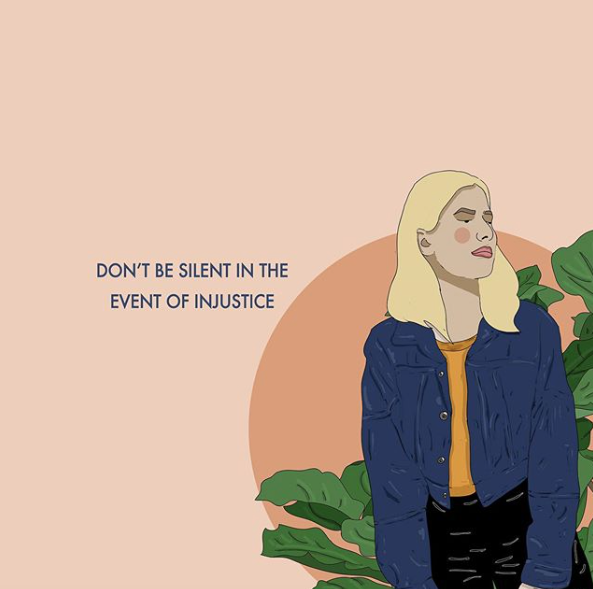
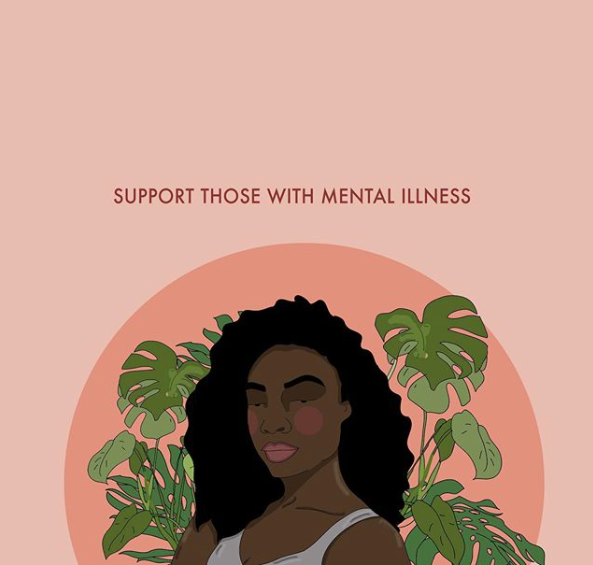
The image above on the right demonstrates how women use social media as a platform to spread awareness and positivity. The image on the left shows how women use this new platform to share political ideas. Social media is versatile and reaches a much larger audience than physical banners. While we still face challenges of inequality, ideas that promote the feminist movement are more accessible than ever.
Banners have been a popular form of visual propaganda throughout the years. They have helped women voice the movement for equality and continue to be an effective way to communicate. Banners began with the suffrage movement and their fight for equality and they still help women today to voice their opinions.
Watch the Minnesota Experience documentary, Citizen, which explores the multigenerational march of Minnesota women and all they hoped would come with the vote.
Editor’s note: This story – and others in the collection, Then & Now: Reflections on Women’s Suffrage – was written by a St. Catherine University student in the Public Relations Writing class held in the spring of 2020. The piece has been minimally edited to preserve the integrity of the student’s perspective. We hope you enjoy discovering what the next generation of writers, historians and activists has to say about the impact of the women’s suffrage movement then and now.

This story is made possible by the Arts and Cultural Heritage Fund and the citizens of Minnesota.
As Minnesotans look for ways to show their support for healthcare workers on the front lines of the COVID-19 pandemic, we took a look back in time to celebrate the contributions that four women – all named Ruth – made to the state’s public health system.
Just 39 words in length, the 19th Amendment to the U.S. Constitution gave women the right to vote when it was passed on June 4, 1919 and enacted on August 26, 1920 – but its passage was fraught with decades of legal challenges and intense demonstrations in which women activists sometimes put their lives directly on the knife’s edge. Explore a timeline contributions of Minnesota women to the passage of the 19th Amendment.
